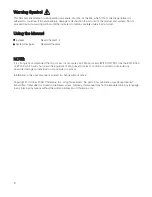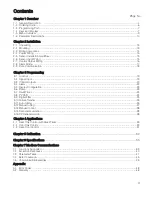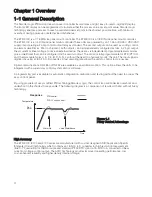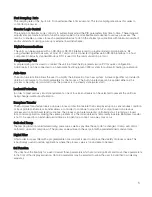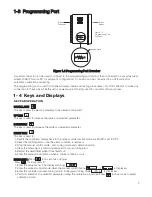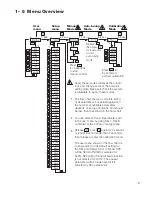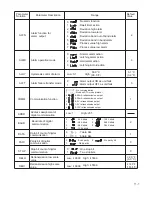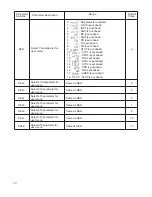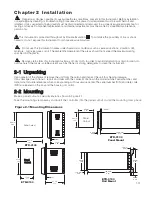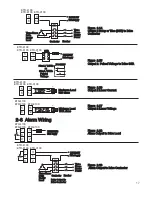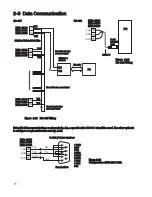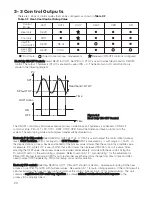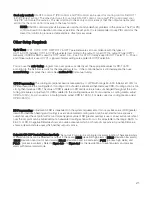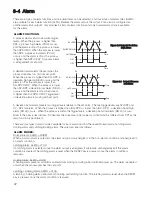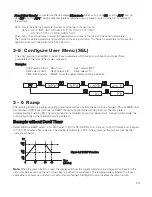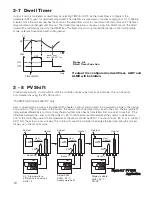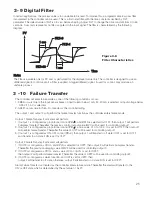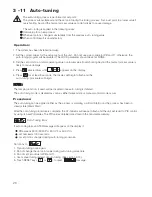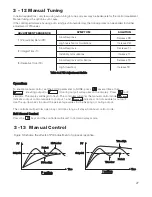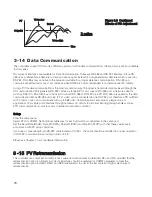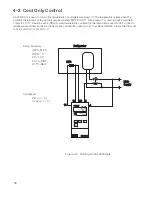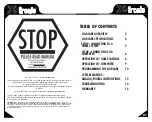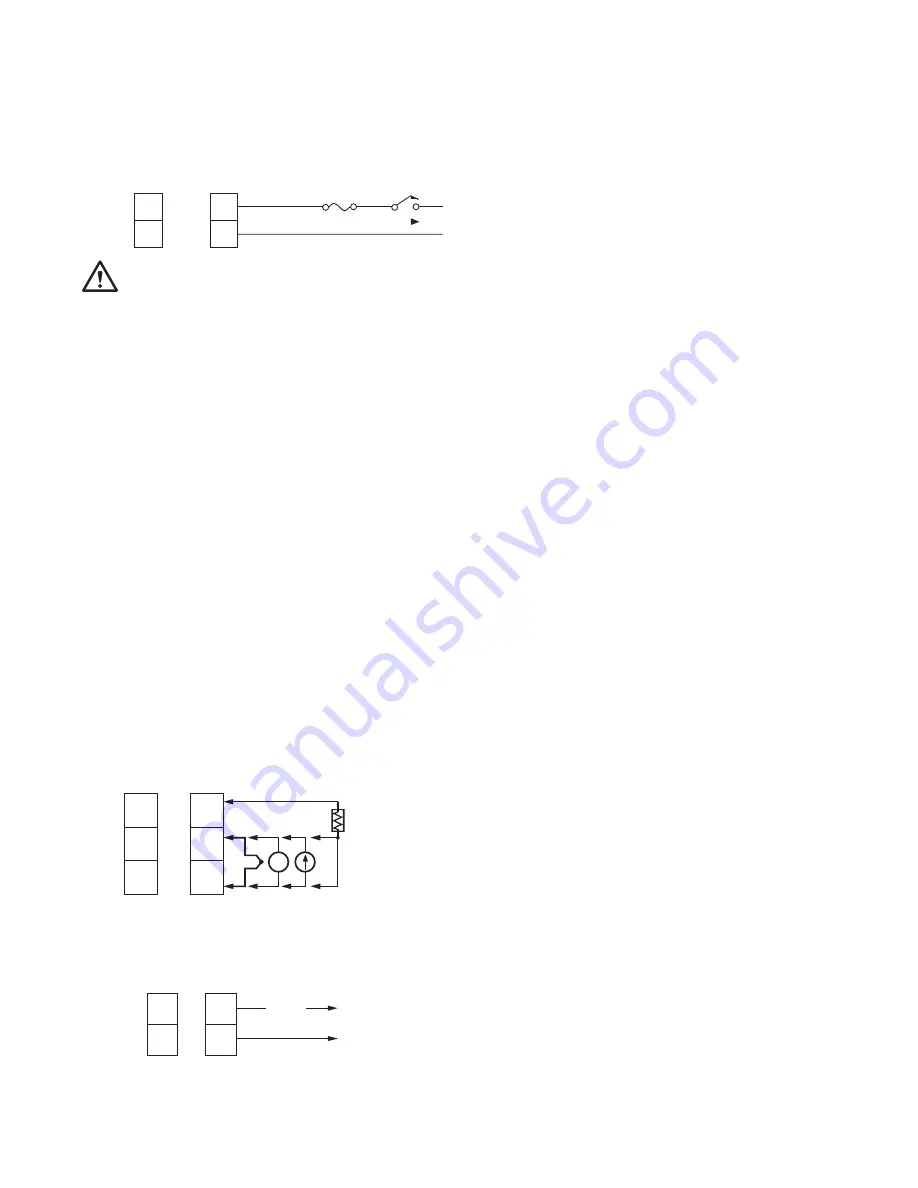
2-4 Power Wiring
The controller is designed to operate at 11-26 VAC / VDC or 90-250 VAC. Check that the installation voltage
corresponds with the power rating indicated on the product label before connecting power to the controller. Near
the controller, a fuse and a switch rated at 2A/250VAC should be equipped, as shown in the following diagram.,
Figure 2.6 Power Supply Connections
This equipment is designed for installation in an enclosure which provides adequate protection against
electric shock. The enclosure must be connected to earth ground.
Local requirements regarding electrical installation should be rigidly observed. Consideration should be given to
prevent unauthorized access to the power terminals.
2-5 Sensor Installation Guidelines
Proper sensor installation can eliminate many problems in a control system. The probe should be placed so that it
can detect any temperature change with minimal thermal lag. In a process that requires fairly constant heat output,
the probe should be placed close to the heater. In a process where the heat demand is variable, the probe should
be close to the work area. Some experiments with probe location are often required to find this optimum position.
In a liquid process, addition of a stirrer will help to eliminate thermal lag. Since the thermocouple is basically a point
measuring device, placing more than one thermocouple in parallel can provide an average temperature readout
and produce better results in most air heated processes.
90
250 VAC or
11
26 VAC / VDC
~
~
Proper sensor type is also a very important factor to obtain precise measurements. The sensor must have the
correct temperature range to meet the process requirements. In special processes the sensor might need to have
different requirements such as leak-proof, anti-vibration, antiseptic, etc.
Standard sensor limits of error are ±4 degrees F (± 2 degrees C) or 0.75% of sensed temperature (half that for
special ) plus drift caused by improper protection or an over-temperature occurrence. This error is far greater than
controller error and cannot be corrected on the sensor except by proper selection and replacement.
2-6 Sensor Input Wiring
Figure 2.7 Sensor Input Wiring
15
Fuse
7
8
L
N
2A/250VAC
1
2
L
N
ETR-4100
ETR-8100
ETR-9100
TC+, V+
PTB, mA+
TC-, V-
PTB, mA-
18
4
19
5
20
6
ETR-4100
ETR-8100
ETR-4100
ETR-8100
ETR-9100
B
B
A
RTD
_
_
+
+
V
_
+
TC
V mA RTD
2-7 Control Output Wiring
ETR-4100
ETR-8100
ETR-4100
ETR-8100
3
4
ETR-9100
9
10
LOAD
120V/240VAC
Mains Supply
Figure 2. 8
Output 1 Relay or Triac (SSR) to Drive Load

